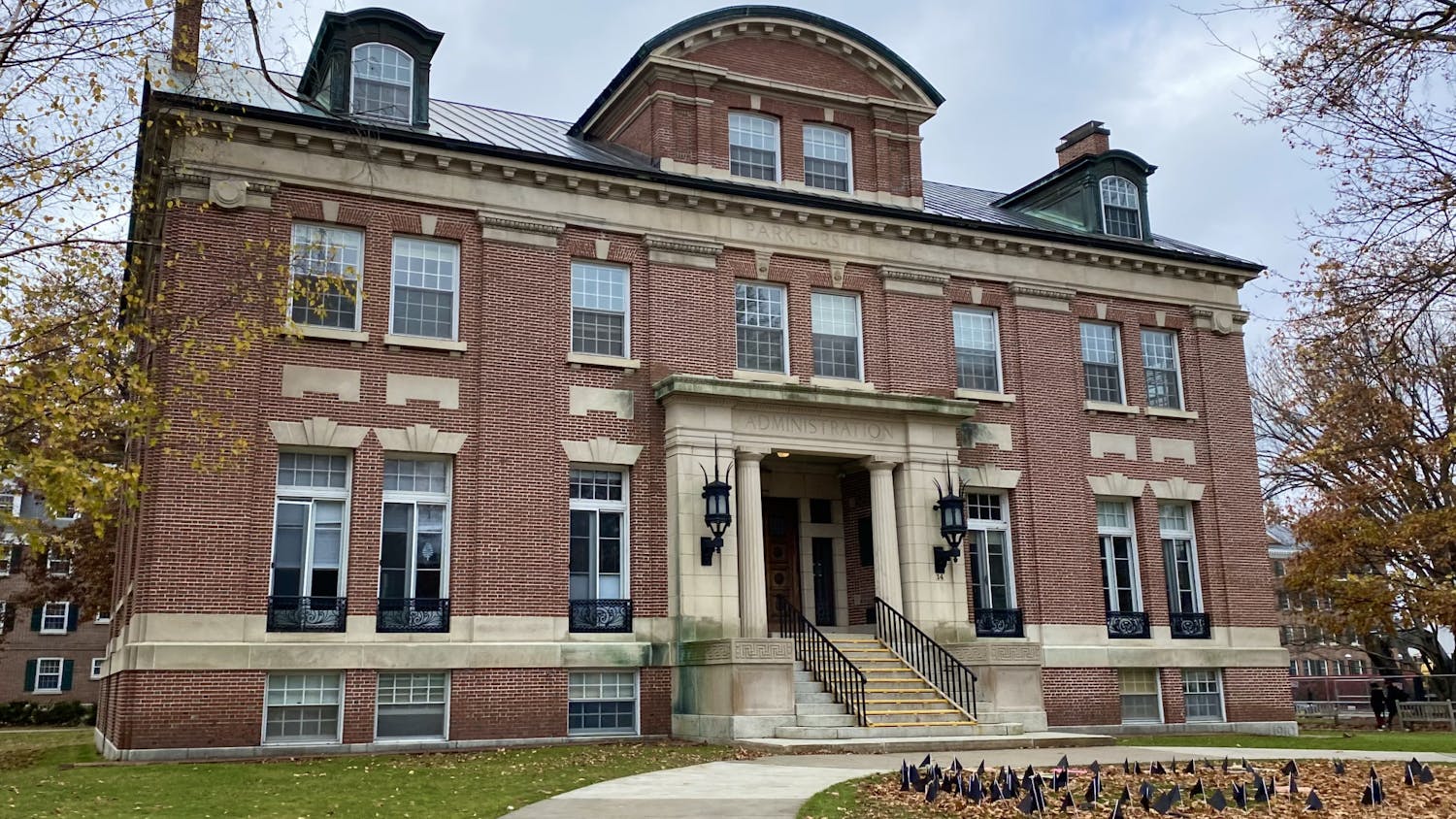When they opened their mailboxes in December, 397 high-school seniors received the news they had all been waiting for: they were the first members of the Class of 2009.
Despite garnering slightly fewer applications than in recent years, the total number of Early Decision admits was up nominally, an increase Dean of Admissions Karl Furstenberg attributes directly to the strength of the pool.
Academically, the class looks to be the strongest in years. Among the accepted students, the SAT Verbal mean score was 711 and the SAT Math mean score was 719, making the overall SAT score three points higher than that of last year's early admits. Of the students accepted, 28 percent were valedictorians and 11 percent were salutatorians.
These statistics, however, are not representative of the entire accepted group, because not all schools rank their students.
In fact, the number of students who apply with a class rank has been steadily decreasing over the last five years, as high schools are "moving away from ranking," Furstenberg said.
Furstenberg suggested that the increased strength of the Early Decision pool may be attributable to high school students being more prudent in deciding if, and where, they apply early.
Recent shifts in early admissions programs throughout the higher education community, with schools like Harvard changing the number of colleges students could apply to under its Early Action program, may have confused students and made them more cautious.
"Part of what may be happening with Early Decision," Furstenberg said, "is that students are being more judicious and only the really strong candidates who already know where they want to go are applying."
Traditionally it has been assumed that it is easier to gain admission at most schools through early admissions than through the regular process. The 33.6 percent acceptance rate for Early Decision would seem to support that assertion. But Furstenberg contends that the early pool of applicants is stronger than the regular pool and so it makes sense to accept more.
"The students we take early," Furstenberg said, "would all be taken in the regular decision pool as well. The Early Decision pool is very well-qualified and [submits] well-informed applications."
Overall, the accepted students will comprise approximately 35 percent of the incoming Class of 2009. The rest of the spots will be filled through the regular decision process.
Most other competing institutions, particularly in the Ivy League, accept a much higher percentage of their classes through early admissions programs, sometimes approaching 50 percent.
The diversity of the early acceptances remained relatively consistent with previous years but is still significantly less than the diversity of the overall class. Students of color represent 16.9 percent of early acceptances and international students comprise five percent.
Dartmouth legacies accounted for 16.1 percent of the early admits -- the highest in at least four years.
Despite recent controversy surrounding Furstenberg's comments on athletic admissions, the number of recruited athletes accepted under Early Decision rose.
Regarding the 123 accepted athletes, or 31 percent of the early admits, Furstenberg said the number was "more than in recent years." He attributed the increase to "working closely with the coaches trying to get the students they're interested in into the College."
For the two-thirds of the early applicants who were not as fortunate, two fates awaited them in their winter letters.
While approximately one-third of applicants were rejected, another third were deferred, meaning their applications will be read again as part of the regular decision process.
These students are encouraged to submit supplemental materials, and their applications are reviewed in entirety again after the regular decision applications are read. Furstenberg estimated that only 10 percent of deferred applicants would eventually be admitted.
But for the Admissions Office the work continues, as they sort through the thousands of regular decision applications that flooded into McNutt Hall for the Jan. 1 deadline.



